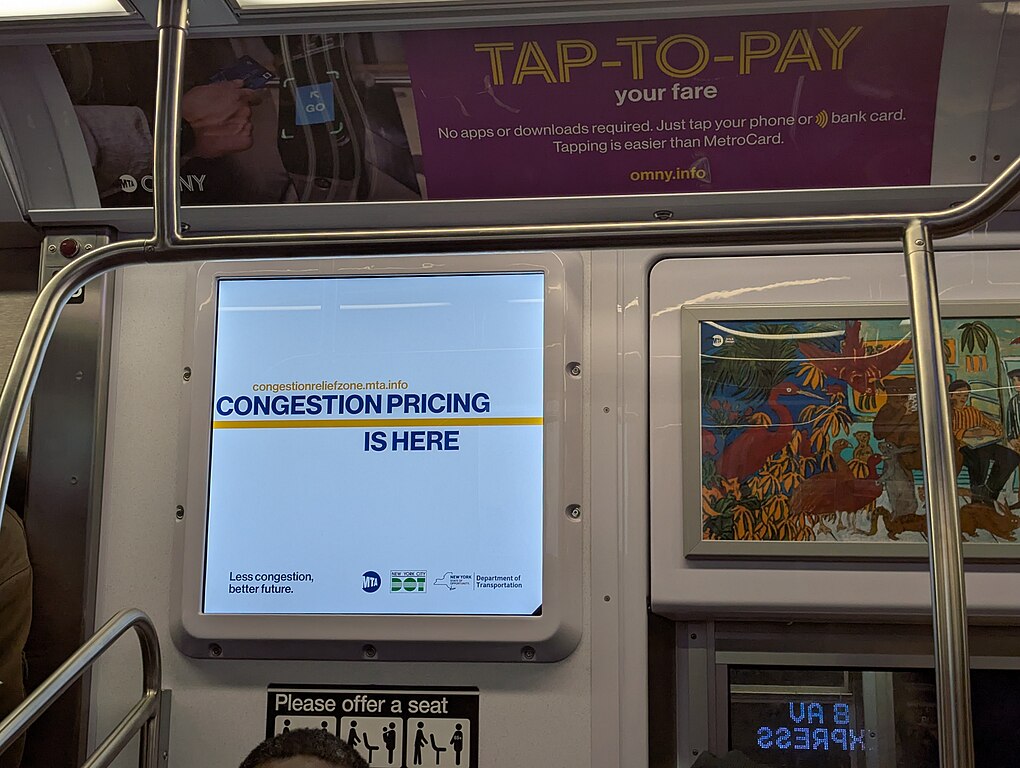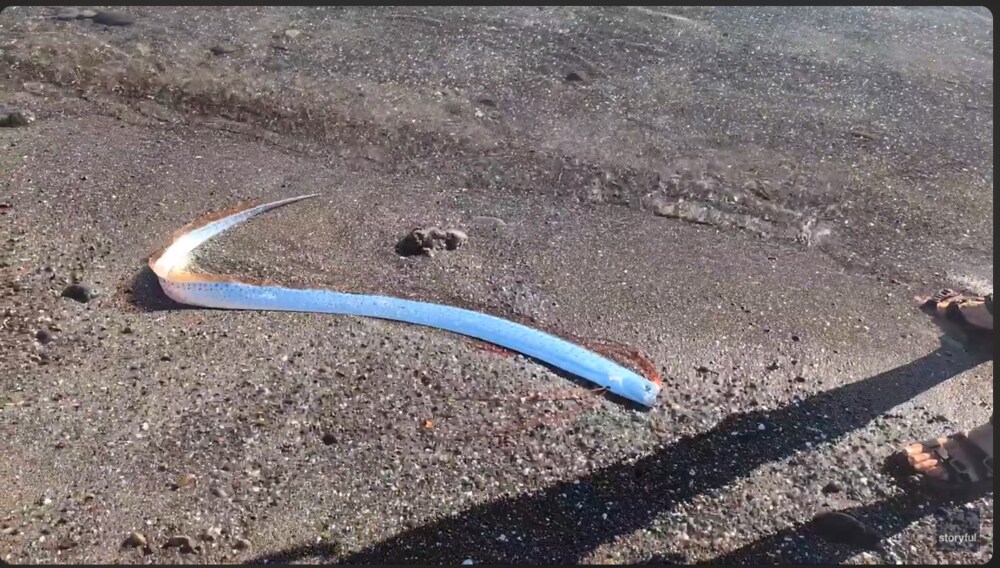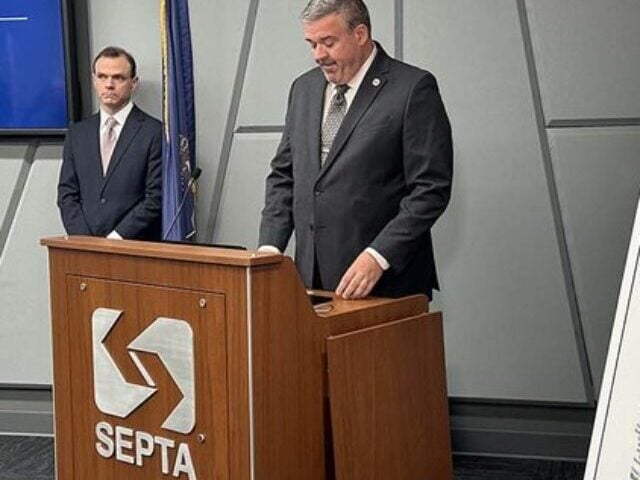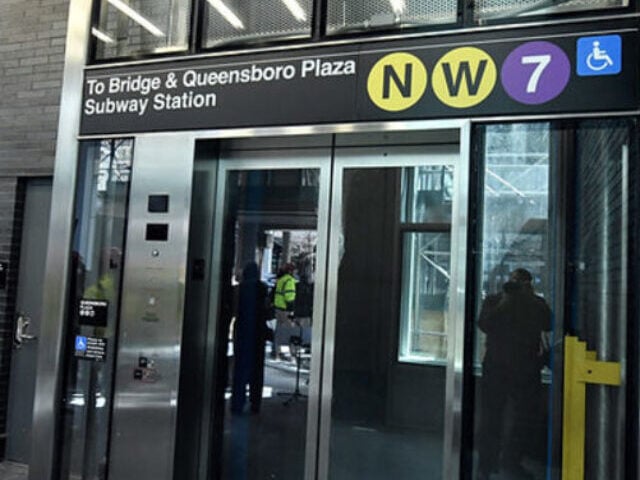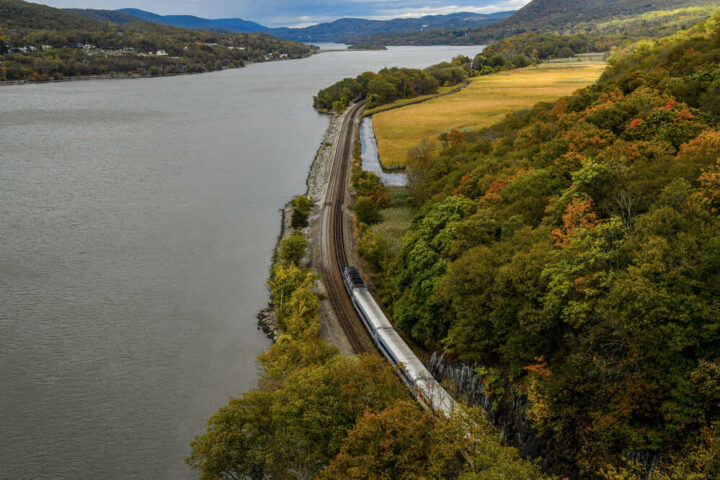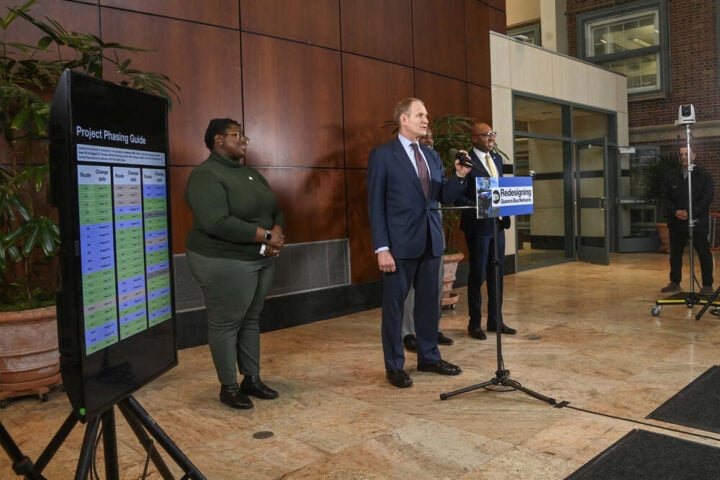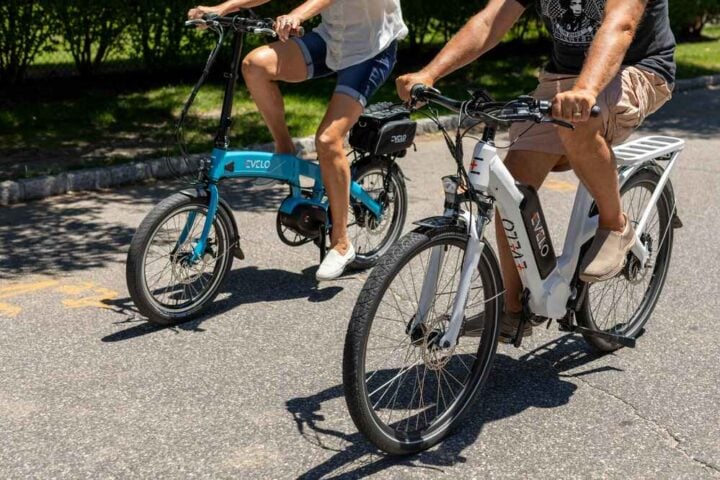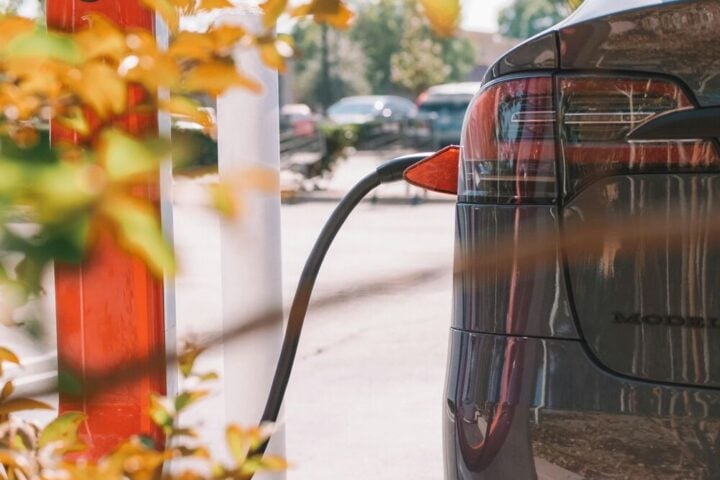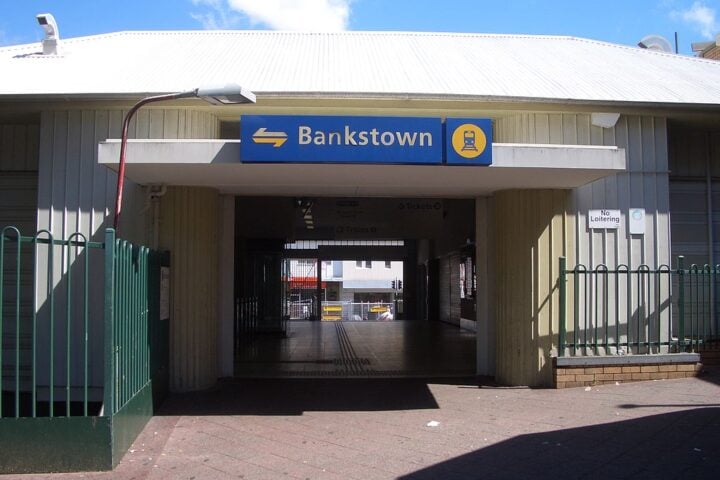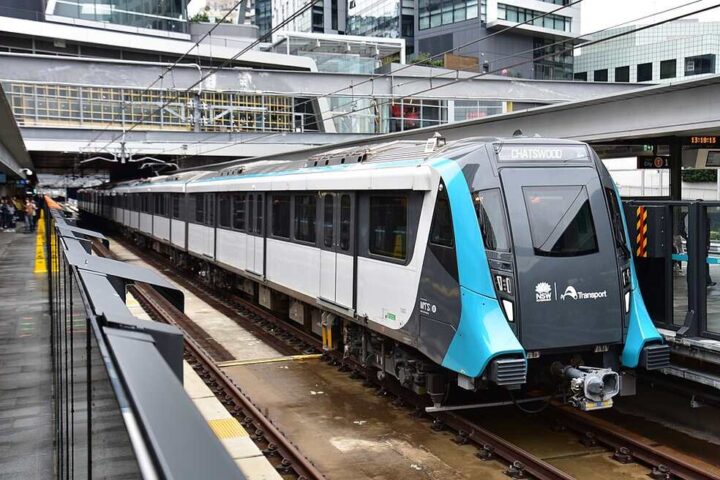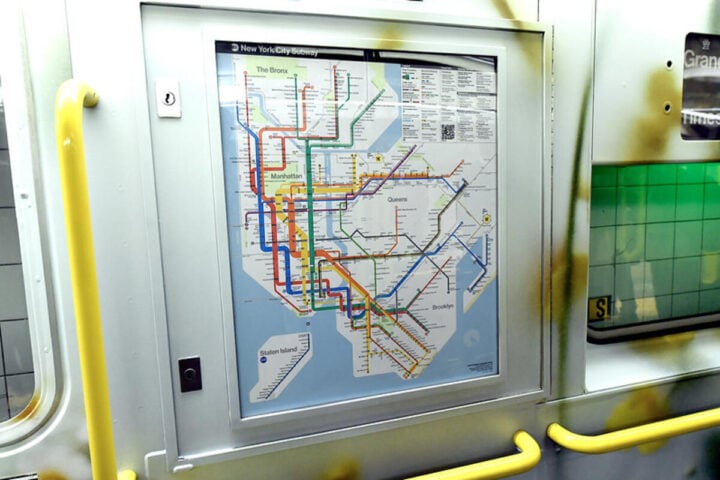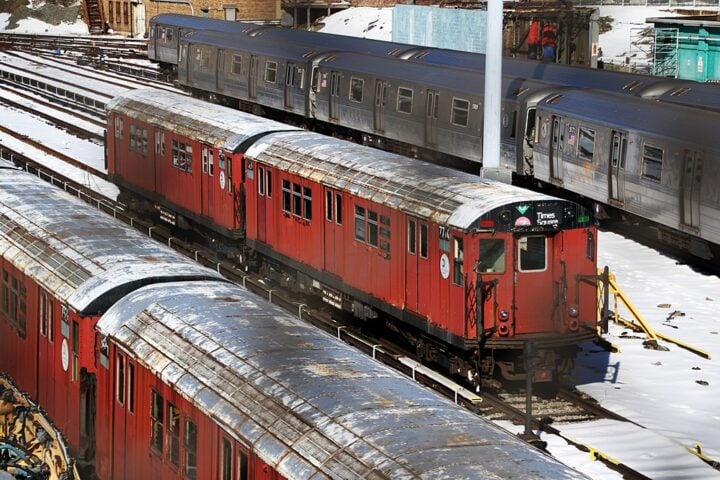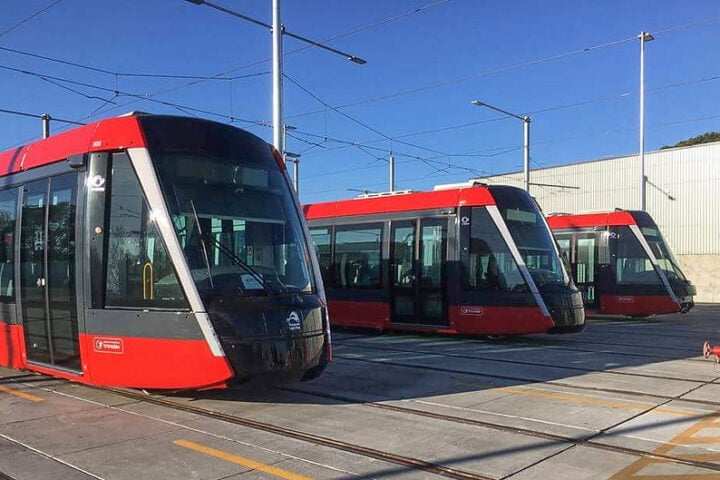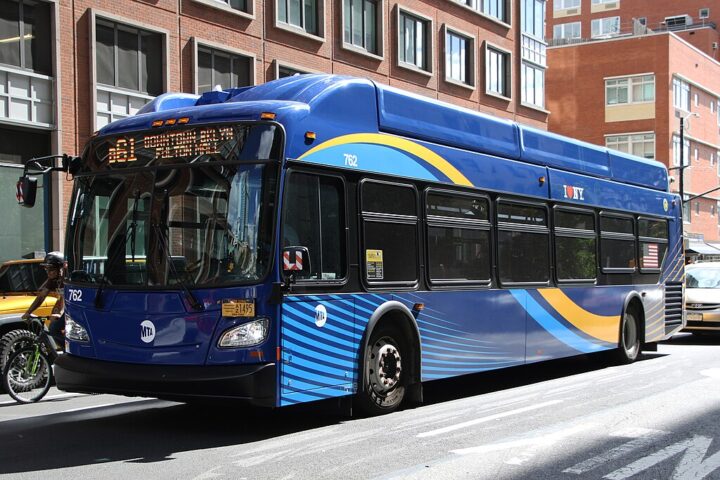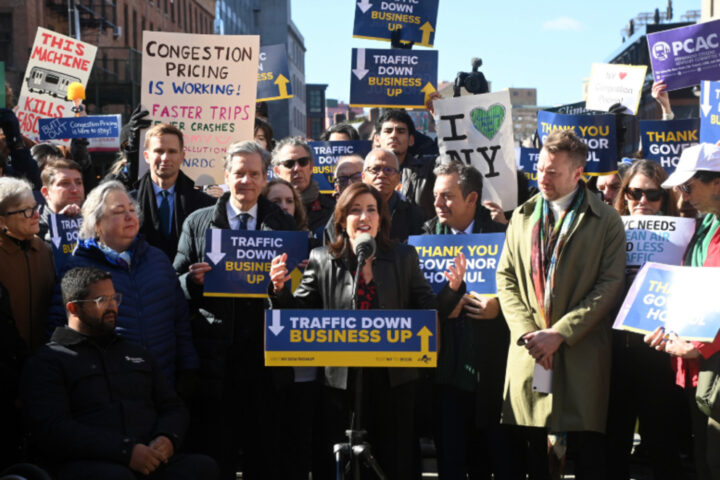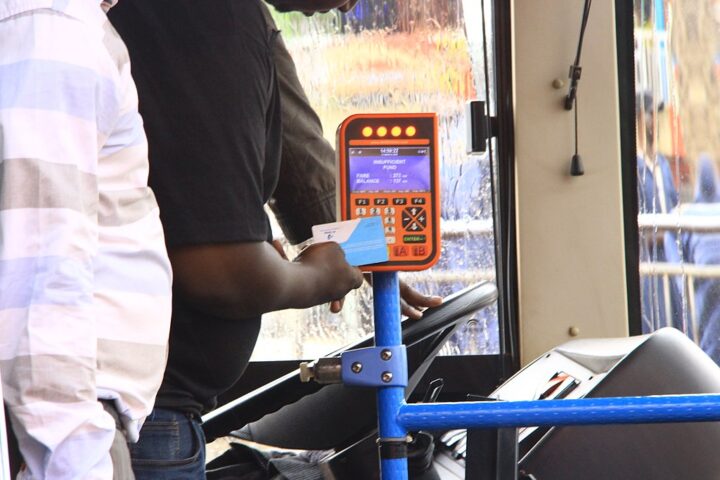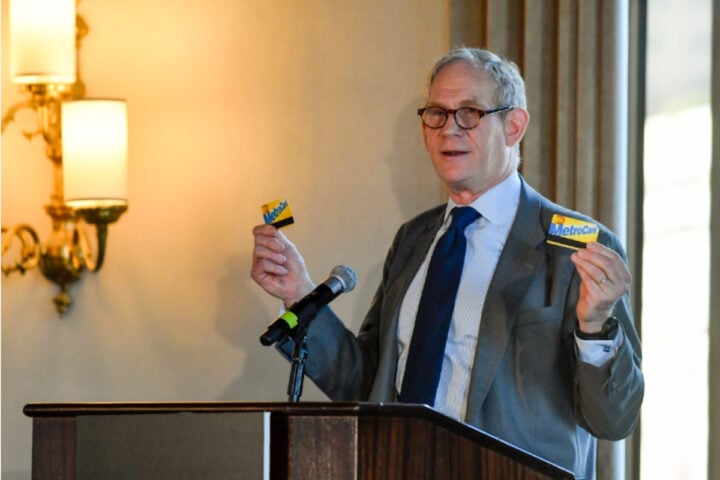New York’s groundbreaking traffic program faces its biggest challenge yet. The Trump administration ordered a halt to Manhattan’s congestion pricing system on Wednesday. The program, which started January 5, charges drivers $9 to enter Manhattan between 60th Street and the southern tip during weekdays from 5 am to 9 pm and weekends from 9 am to 9 pm.
U.S. Transportation Secretary Sean Duffy called the program “a slap in the face to working class Americans and small business owners.” The federal government aims to stop the tolls that started on January 5, arguing drivers already pay for highways through gas taxes.
President Trump celebrated the move on social media, writing “CONGESTION PRICING IS DEAD. Manhattan, and all of New York, is SAVED.” The White House followed up by posting an image of Trump wearing a crown before the New York skyline.
The Metropolitan Transportation Authority (MTA) responded swiftly with legal action. They filed a lawsuit to keep the program running. MTA data shows the toll’s early impact: 1.2 million fewer vehicles entered Manhattan’s Central Business District in January, with traffic down 9% overall.
“We tried gridlock for 60 years. It didn’t work,” said MTA head Janno Lieber. The program has shown promising results beyond traffic reduction. Restaurant bookings rose 7%, Broadway revenues jumped 25%, and yellow cab drivers report 10% more trips and tips.
Governor Kathy Hochul sharply criticized Trump’s actions. “New York hasn’t labored under a king in over 250 years, and we sure as hell are not going to start now,” she said. The tolls will continue while the legal battle plays out.
Similar Posts
Not everyone wants the program to survive. New Jersey Governor Phil Murphy thanked Trump for the intervention, saying the current system “lines the MTA’s pockets at the expense of New Jerseyans.” Staten Island Borough President Vito Fossella argued the toll unfairly burdens residents who already pay to cross bridges.
The $68.4 billion program aims to improve more than just traffic. The MTA plans to use toll money to fix aging subway stations and make at least 60 more stations accessible with elevators and ramps. This would push the system’s accessibility above 50% for the first time.
“If they succeed in stopping this, think about it next time you’re stuck in traffic, your train is delayed, or you’re in a flooded station because repairs weren’t made,” Hochul warned. The MTA says they have no backup plan to fund these improvements without congestion pricing.
Similar tolls exist in other global cities like London, Stockholm, Milan and Singapore. New York’s version charges more during busy hours and less overnight, with trucks paying higher rates than cars.

Polls show six out of ten voters say President Trump should allow congestion pricing to continue. Seven out of ten drivers have also weighed in on the program’s impact.
The legal battle now moves to federal court, where judges will decide if New York can keep charging drivers to enter Manhattan’s busiest streets. “We’re not turning off the tolls until there’s a verdict,” Lieber said, setting the stage for what could be a lengthy fight over the future of New York’s streets.
